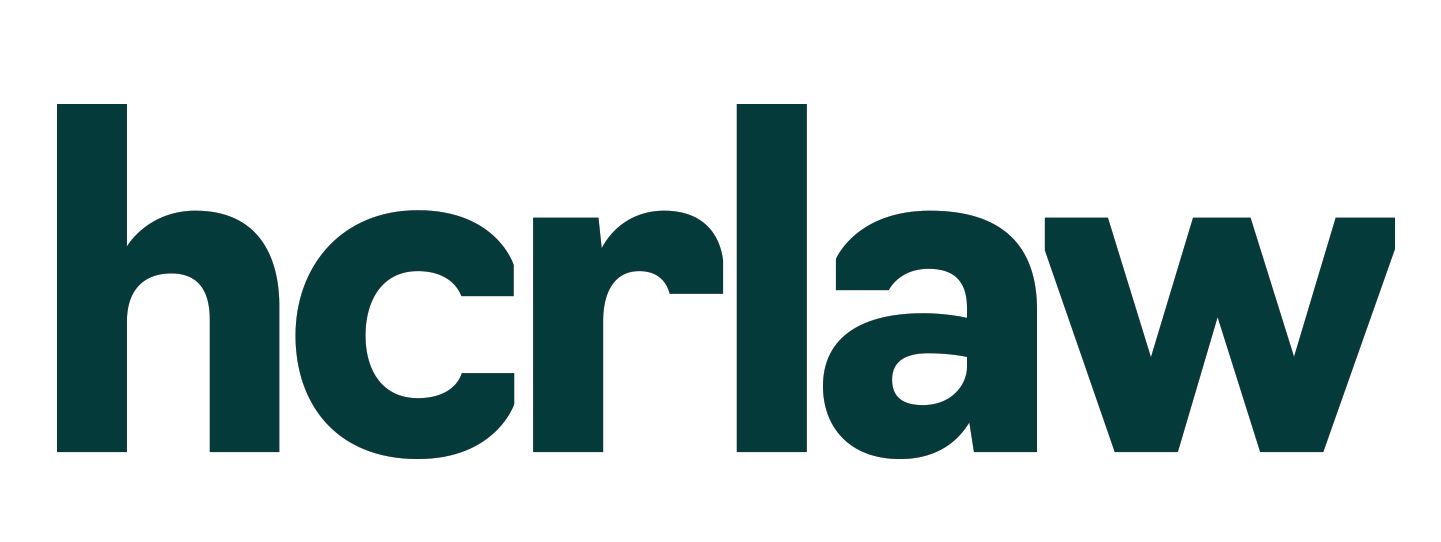General Overview - Significant impacts are probable across the health and social care sector due to the high temperatures, including: observed increase in mortality across the population likely, particularly in the 65+ age group or those with health conditions, but impacts may also be seen in younger age groups; increased demand for remote health care services likely; internal temperatures in care settings (hospitals and care homes) may exceed recommended threshold for clinical risk assessment; impact on ability of services to be delivered due to heat effects on workforce possible and many indoor environments likely to be overheating, risk to vulnerable people living independently in community as well as in care settings; medicines management issues; staffing issues due to external factors (e.g. transport); cross system demand for temporary AC capacity being exceeded possible and other sectors starting to be observe impacts (e.g. travel delays).
AMBER Heat-Health Alert - (Enhanced hot weather response) has been updated for the following regions: North West, Yorkshire and The Humber, East Midlands, West Midlands, East of England, London, South East, South West and is in effect between 05/09/2023 at 12:00 and 10/09/2023 at 21:00.
YELLOW Heat-Health Alert - (Hot weather response) has been updated for the following regions: North East and is in effect between 05/09/2023 at 12:00 and 10/09/2023 at 21:00.
Overview of weather conditions
The latest forecast details are available via the Met Office: Find a forecast
Risk Matrix
Heat-Health impact risk scores have been derived between the UKHSA and the Met Office for each region and are provided in the below table. Users are advised to refer the regional risk score to the matrix.
Region
Overall Risk Score
Expected Impacts at Regional Level
East Midlands
AMBER (12)
Significant impacts are probable across the health and social care sector due to the high temperatures, including: observed increase in mortality across the population likely, particularly in the 65+ age group or those with health conditions, but impacts may also be seen in younger age groups; increased demand for remote health care services likely; internal temperatures in care settings (hospitals and care homes) may exceed recommended threshold for clinical risk assessment; impact on ability of services to be delivered due to heat effects on workforce possible and many indoor environments likely to be overheating, risk to vulnerable people living independently in community as well as in care settings; medicines management issues; staffing issues due to external factors (e.g. transport); cross system demand for temporary AC capacity being exceeded possible and other sectors starting to be observe impacts (e.g. travel delays).
West Midlands
AMBER (12)
Significant impacts are probable across the health and social care sector due to the high temperatures, including: observed increase in mortality across the population likely, particularly in the 65+ age group or those with health conditions, but impacts may also be seen in younger age groups; increased demand for remote health care services likely; internal temperatures in care settings (hospitals and care homes) may exceed recommended threshold for clinical risk assessment; impact on ability of services to be delivered due to heat effects on workforce possible and many indoor environments likely to be overheating, risk to vulnerable people living independently in community as well as in care settings; medicines management issues; staffing issues due to external factors (e.g. transport); cross system demand for temporary AC capacity being exceeded possible and other sectors starting to be observe impacts (e.g. travel delays).
Organisations providing health and social care should be aware of the advice and guidance set out in the Adverse Weather and Health Plan, as to the actions necessary before and during a Heat-Health Alert Period.
Specific advice is available in the links below.
Heat-Health Alerts are sent to the Chief Executive of every Health Trust provider of NHS commissioned care, Local Authority and Social Care Organisation in England. If you would like to add a colleague to receive these alerts, please go to:
https://forms.office.com/e/Bw6mjea6qa. Feel free to share this link within your organisation, or anyone else you think may benefit from this service. If you would like to update your registration details, please complete the form here: Update registration details. If you would like to unsubscribe, please complete the form here: Unsubscription. If you have questions or technical problems with the subscription service, please complete the form here: Subscription enquiries.
The Heat-Health Alert Service operates in England from 1 June to 30 September each year, in partnership with the Met Office. This is the period when high temperatures are likely to occur. However, should high temperatures be observed or expected outside of this period, an extraordinary Heat-Health Alert will be issued and stakeholders are advised to take the usual public health actions.
To aid local planning, Local Resilience Forum (LRFs) and their regions can be found here: Guidance - Local Resilience Forums: Contact Details.
NEXT ISSUE:
Daily risk assessment are made in conjunction between the UKHSA and the Met Office. Should the alert level change in any region a new alert will be issued.
Advice and information from the UKHSA:
User guide to use of impact based Heat-Health Alerts system
UKHSA Action Cards
Heat-Health Alert Action card for the voluntary and community sector
Heat-Health Alert Action card for commissioners
Heat-Health Alert Action card for providers
Heat-Health Alert Action card for national government
Further Advice and guidance
UKHSA Adverse Weather and Health Plan and supporting evidence
Hot weather and Health: supporting vulnerable people
Find the latest weather forecasts and warnings
Met Office National Severe Weather Warning Service






















